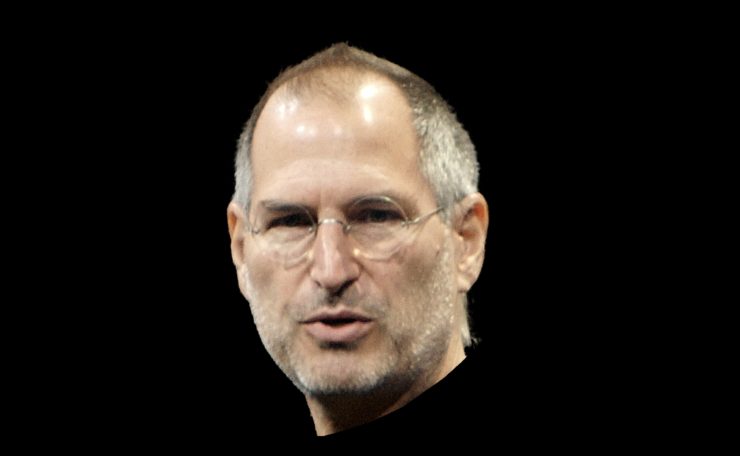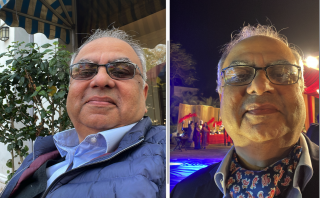More than a man, Steve Jobs became a myth. But what made his legacy so enduring wasn’t just his mind — it was how he shaped the world through the force of his personality. And that story is still unfolding.
Over a decade since his passing, Steve Jobs remains more than just a founder or a tech icon — he’s a symbol. A symbol of audacious vision, relentless perfectionism, and a rare ability to shape the future as though it already existed in his mind. In an era where tech leaders come and go, Jobs’s relevance hasn’t dimmed. It’s deepened.
But why? What makes his legacy feel permanently futuristic while others fade into digital dust?
This isn’t about idolizing the man. It’s about decoding how his unique personality — volatile, brilliant, intuitive — engineered a legacy that lives on. A legacy that continues to whisper to the world, “Think different.”
Jobs didn’t merely predict the future — he insisted on it. He had this uncanny ability to detect patterns most people couldn’t see. While the world obsessed over specs and circuitry, Jobs asked deeper, more human questions: How will people feel using this? Can this object become part of who they are?
His foresight wasn’t based on spreadsheets or user data. It was emotional intuition, fused with radical simplicity. The iPod wasn’t just an MP3 player — it was “1,000 songs in your pocket.” The iPhone didn’t just revolutionize phones — it rewired how we live, work, and connect. He shaped experiences, not just products. And that’s what today’s product leaders are still chasing — the Jobsian ideal of building from the inside out.
He also had a freakish ability to bend time. Colleagues described it as his “reality distortion field.” Deadlines that seemed impossible? He made them real. Technologies that didn’t exist? He demanded them anyway. He didn’t believe in probability — he believed in possibility. It made him irrational at times, but it also made him legendary.
Jobs showed the world that belief precedes logic. That creative courage can compress years into weeks. His mythos is now hardwired into the DNA of Silicon Valley — the idea that obsession isn’t optional; it’s the job.
But perhaps nowhere was his legacy more personal than in how he saw design. To Jobs, design wasn’t skin-deep. It was soul-deep. He believed the product should speak its purpose — silently, elegantly. Even the inner circuits of a computer — parts no user would ever see — had to be balanced and beautiful.
This reverence for detail created a gold standard. From Tesla dashboards to Google hardware, you can trace the design grammar back to the Apple altar. Jobs made it clear: design is not an afterthought. It’s the main act. And today, design-led businesses dominate because he changed what the world expects.
What’s more, he refused to outsource vision to the crowd. Jobs didn’t trust focus groups. “People don’t know what they want until you show it to them,” he famously said. He trusted taste. He trusted gut. He trusted the magic that happens when conviction outweighs committee.
While most modern brands chase data-driven consensus, Jobs bet on curation. That made him fallible — yes. But it also made him unforgettable. In a world drowning in analytics, Jobs’s handcrafted, founder-led vision model is making a comeback — in luxury brands, AI startups, even social movements.
Then there’s the quiet part of his story — the spiritual core. Jobs’s time in India and his immersion in Zen Buddhism weren’t vacation slideshows. They were code-level updates to his operating system. He wasn’t building gadgets. He was trying to build harmony — between technology and the human soul.
This gave Apple something strange for a tech company: a meditative quality. Simplicity wasn’t minimalism for its own sake — it was a path to clarity. Even the unboxing of an Apple product became a ritual, a kind of modern temple ceremony. That’s no accident. His inner world spilled out into how millions experience tech: seamless, calm, human.
So why is Steve Jobs still relevant?
Because the world hasn’t caught up to him yet.
We’re still peeling back the layers of what he left behind. Not just the devices, but the doctrines. The idea that tech should inspire. That design is a moral choice. That intuition is data in disguise.
His legacy isn’t frozen in 2011. It keeps shifting, evolving, syncing with each generation that rediscovers his story and finds fresh meaning in his madness. It’s not that he built Apple. It’s that he built a new standard — for imagination itself.
And maybe that’s the real secret. If you’re leading a team, building a product, or just designing your own life, Jobs isn’t a saint to worship. He’s a lens to look through. A reminder that vision, when fused with discipline and a dash of unreasonable belief, can shape not just markets — but meaning.
Ode to Steve Jobs: Why His Legacy Lives on






